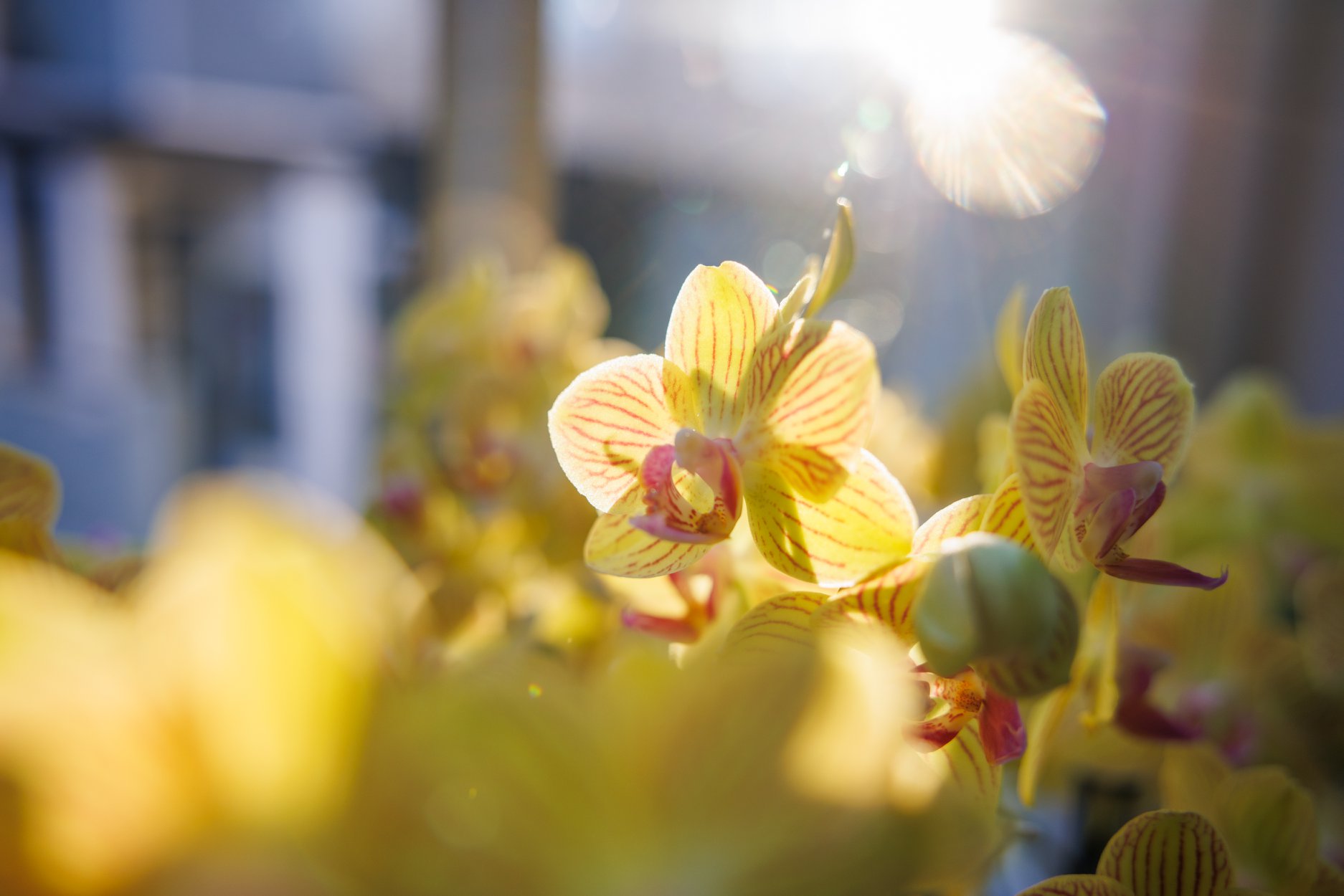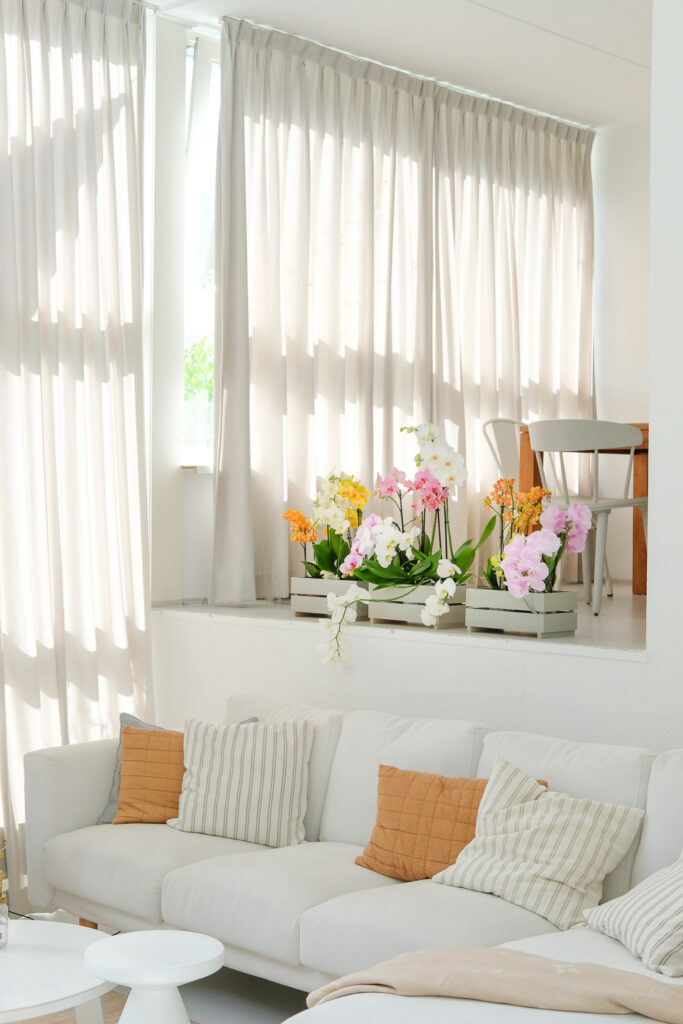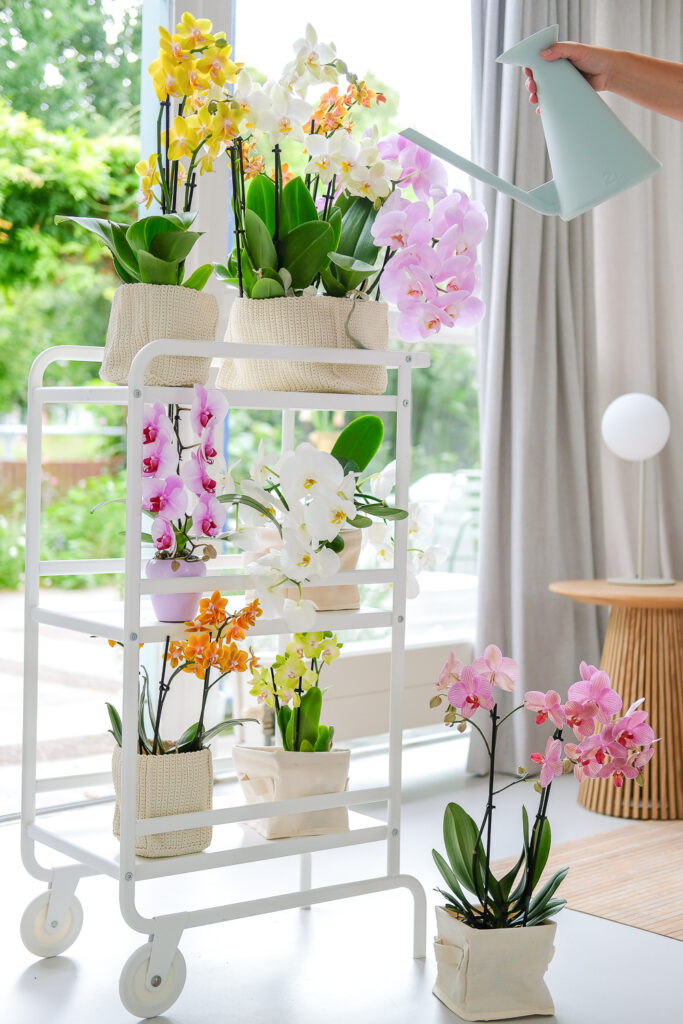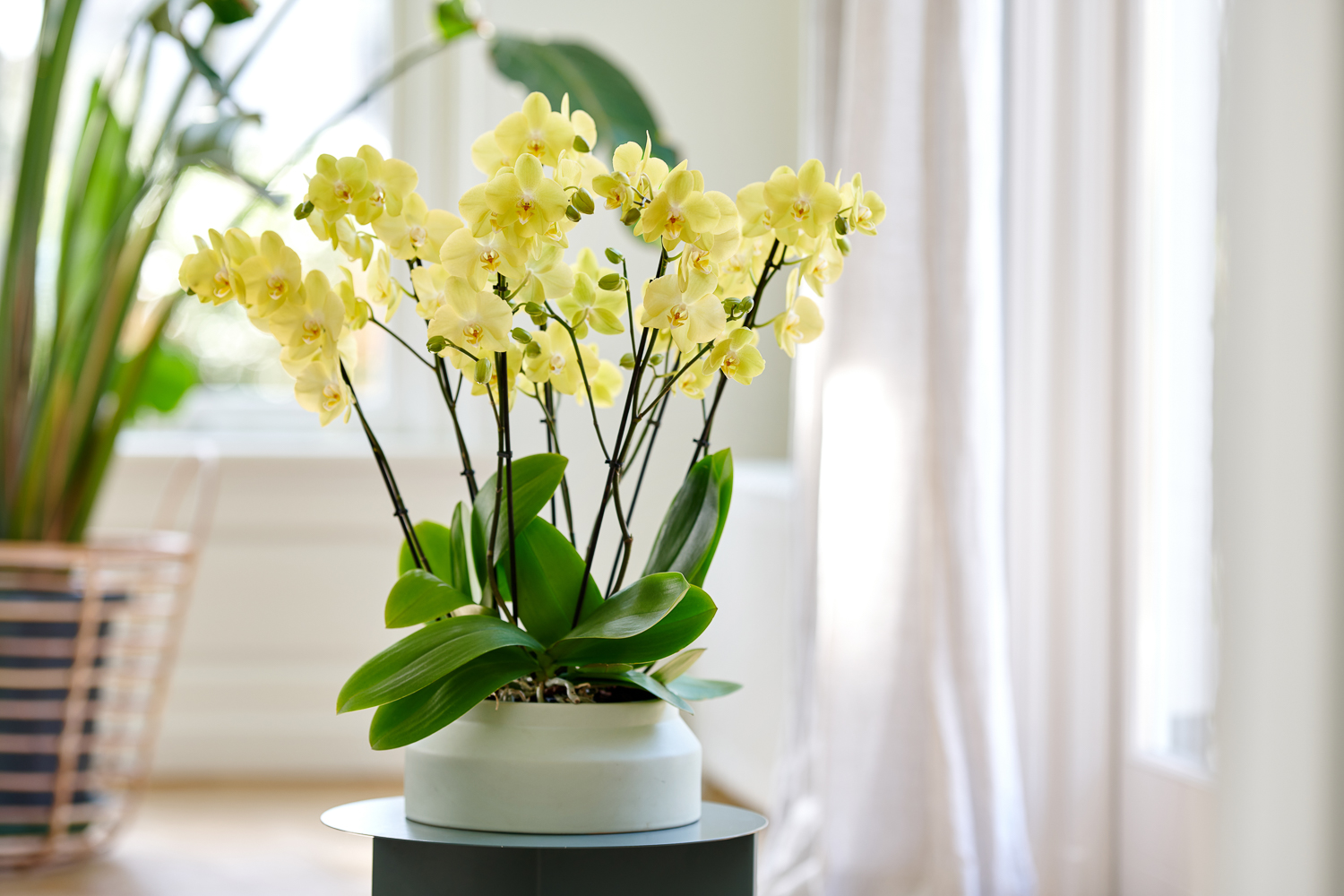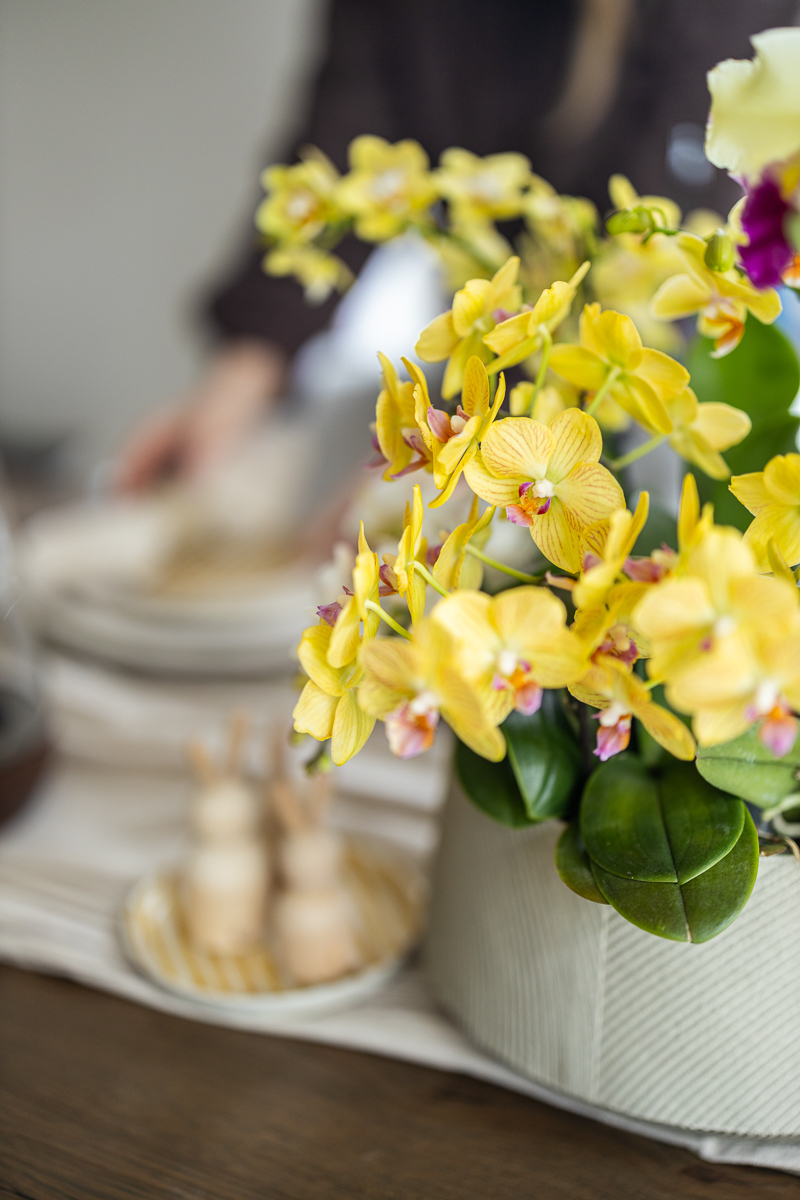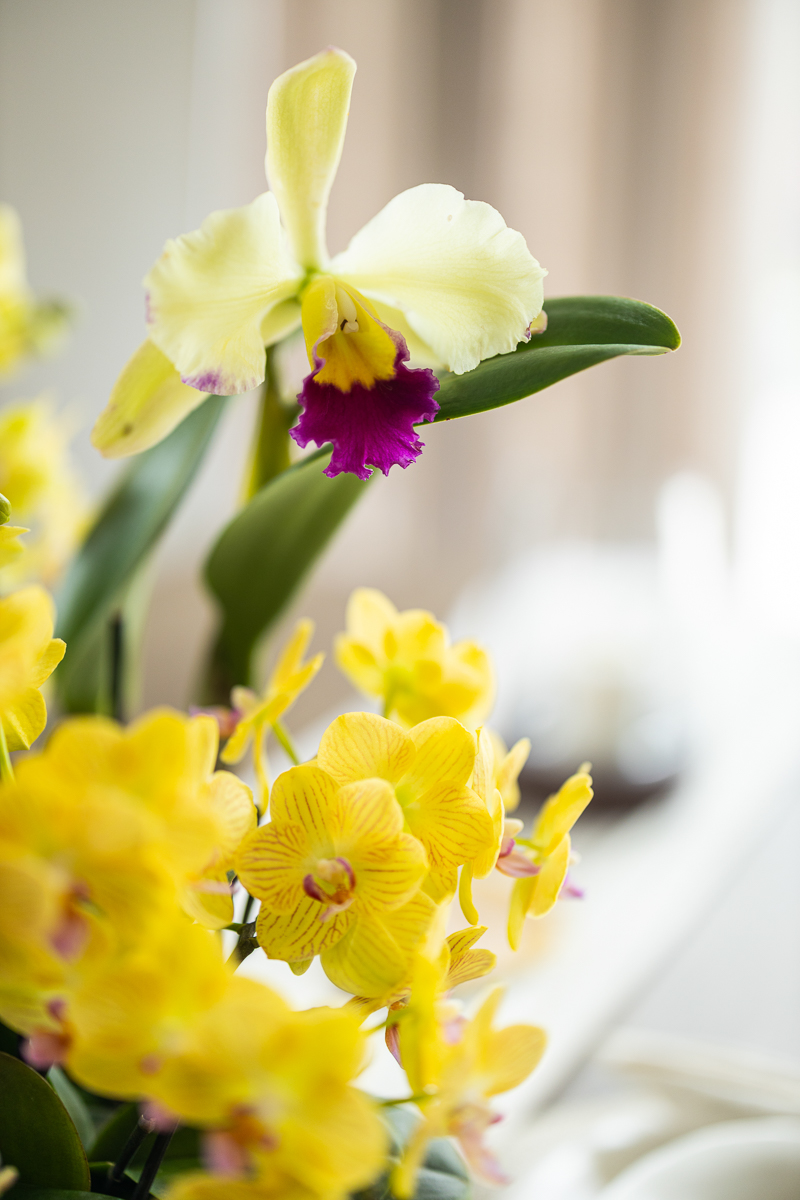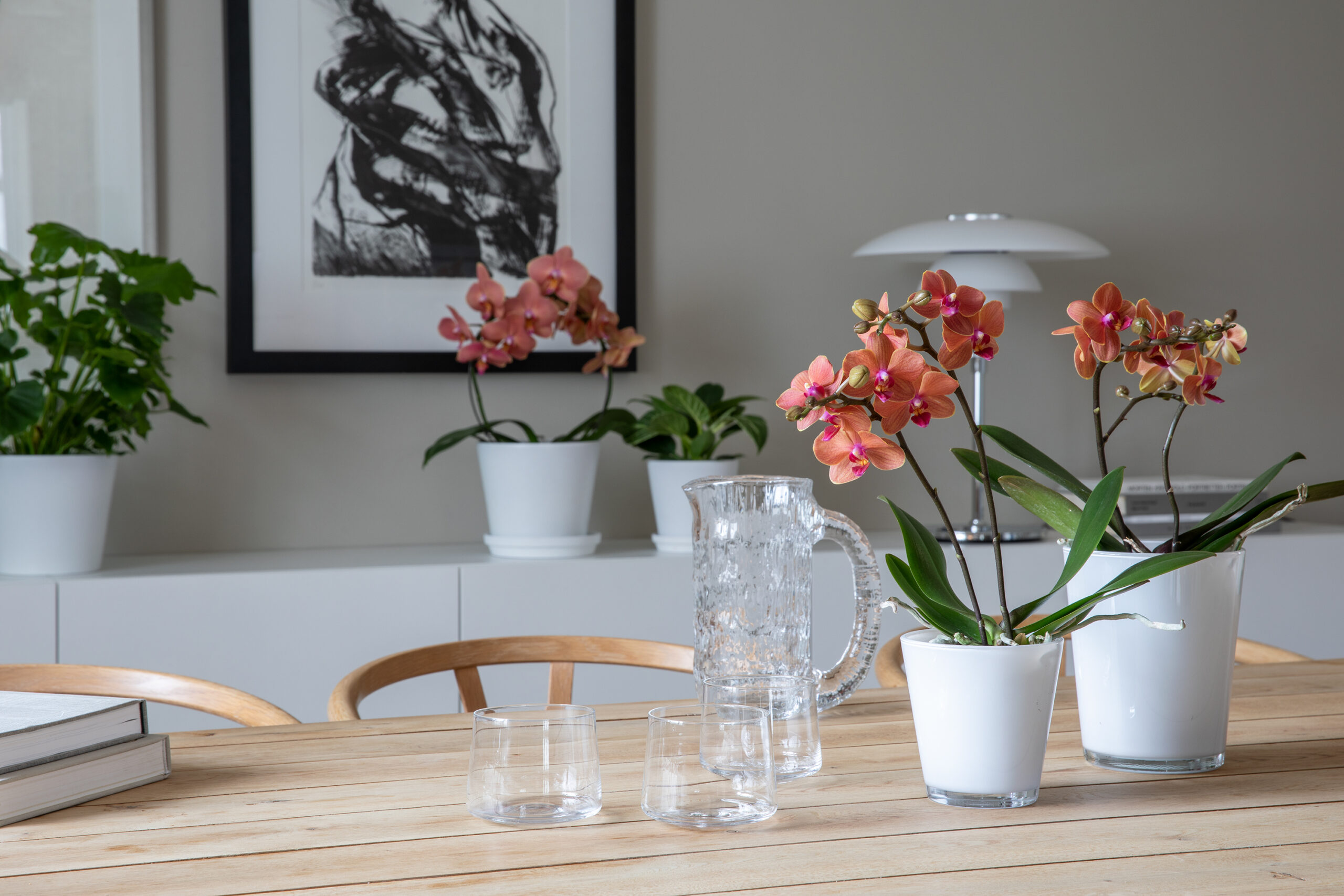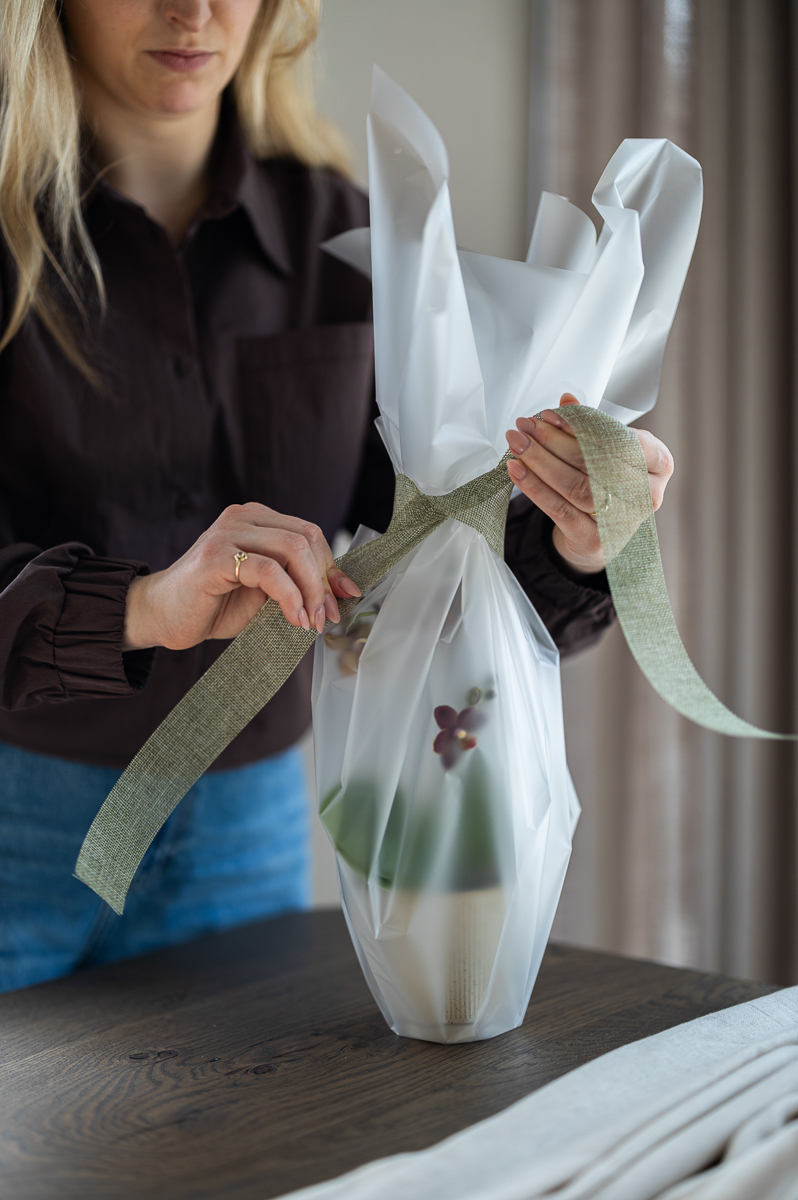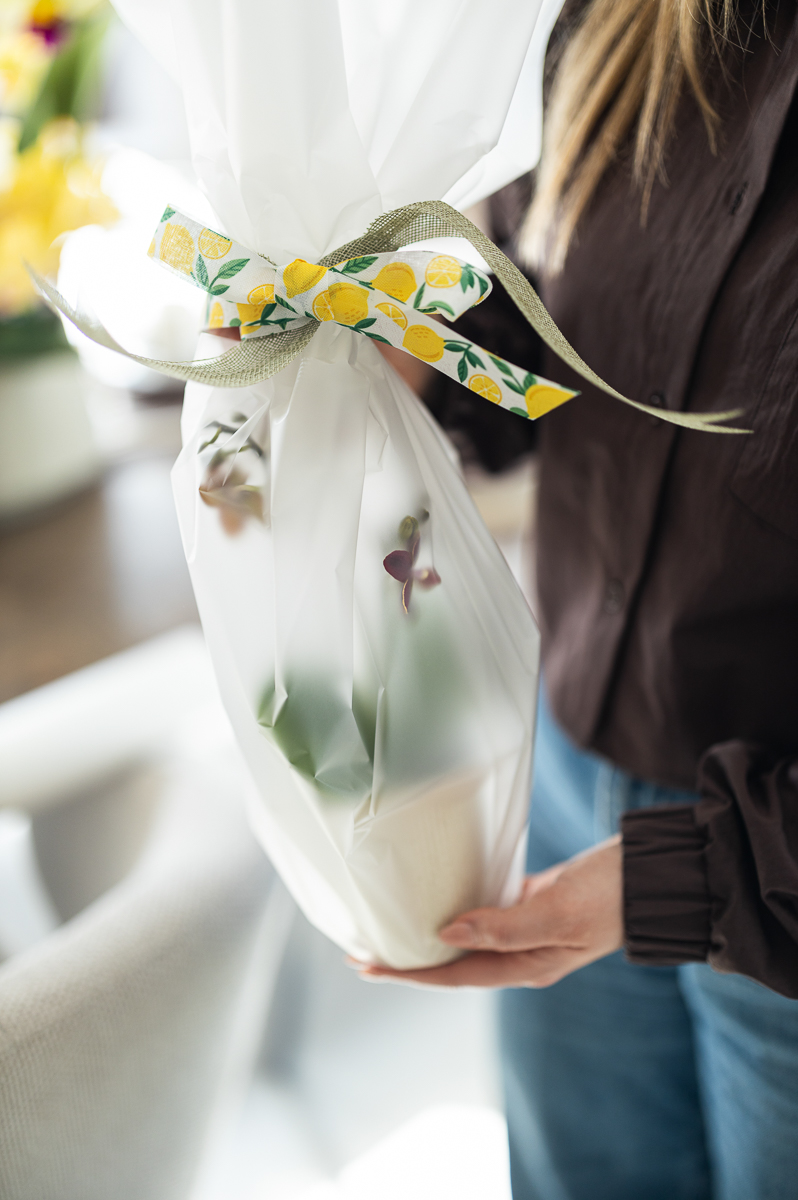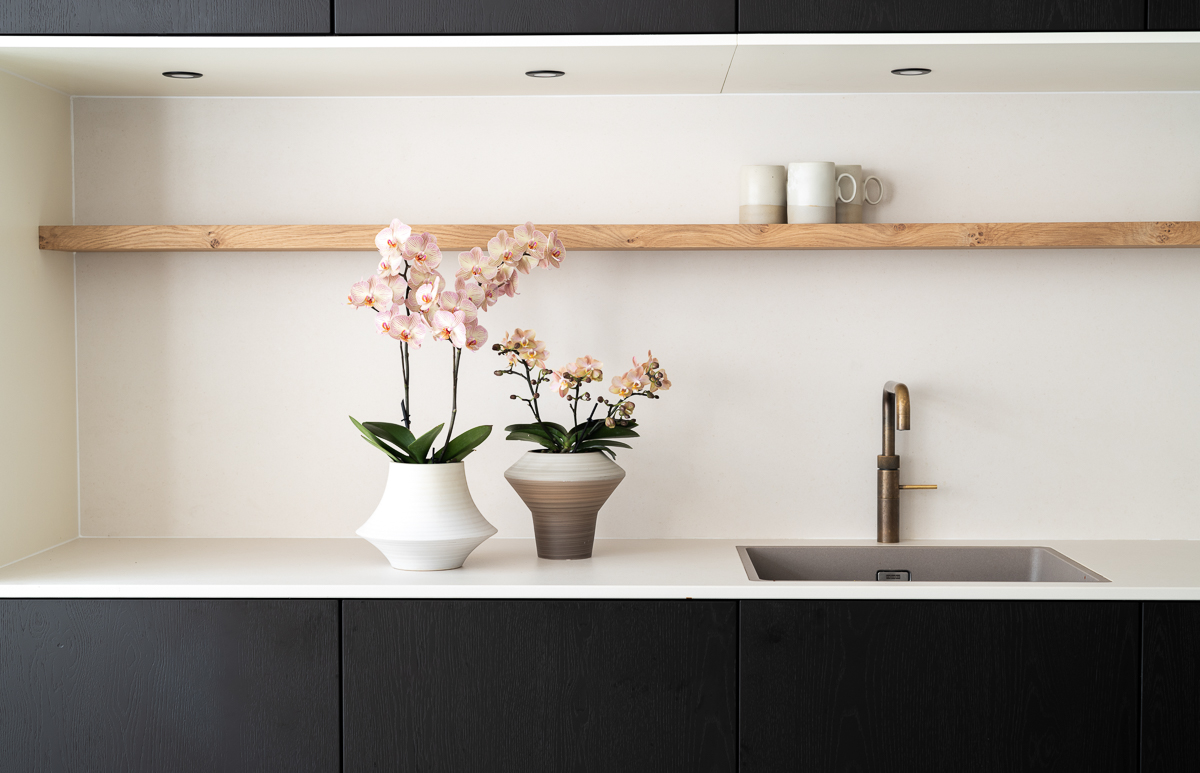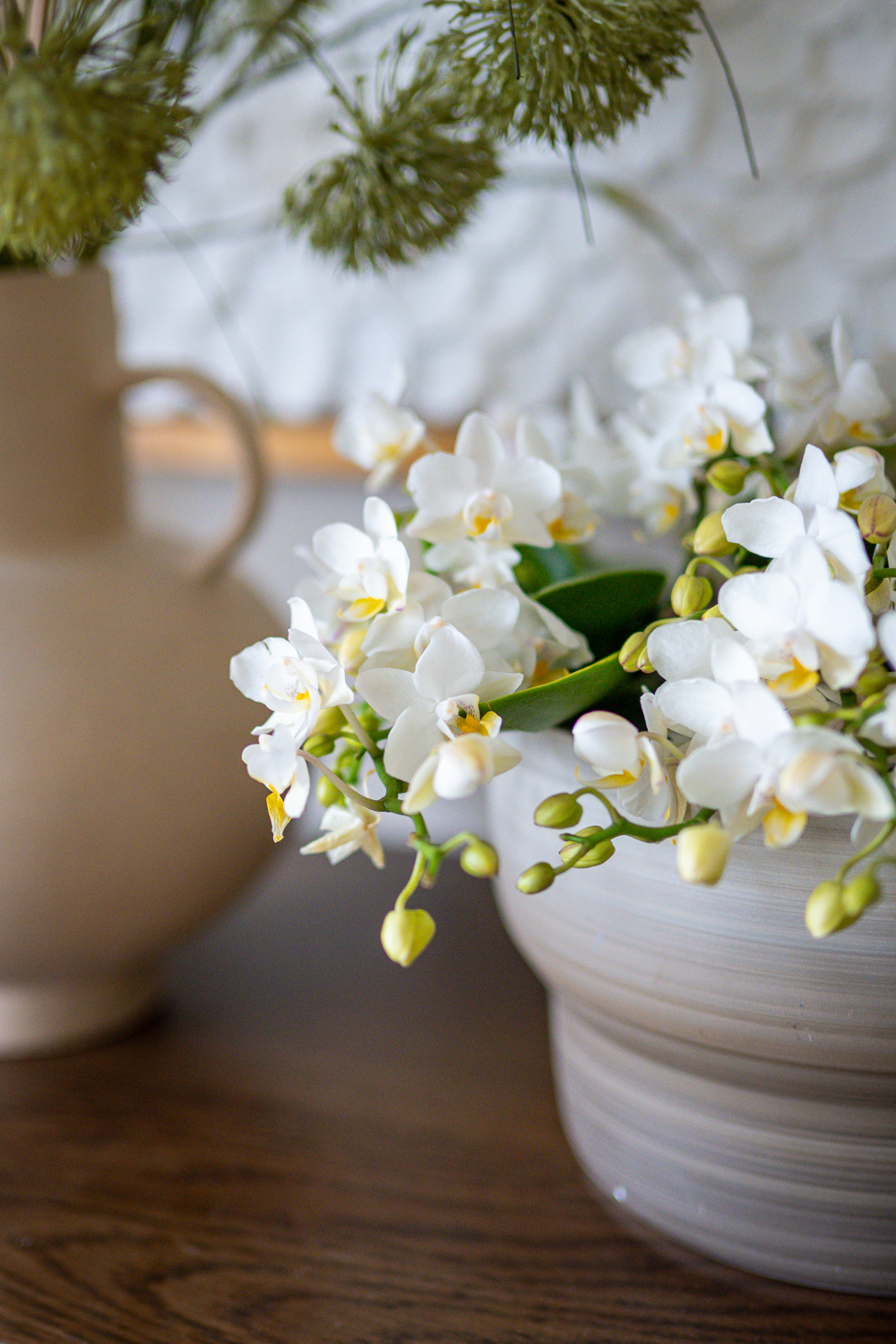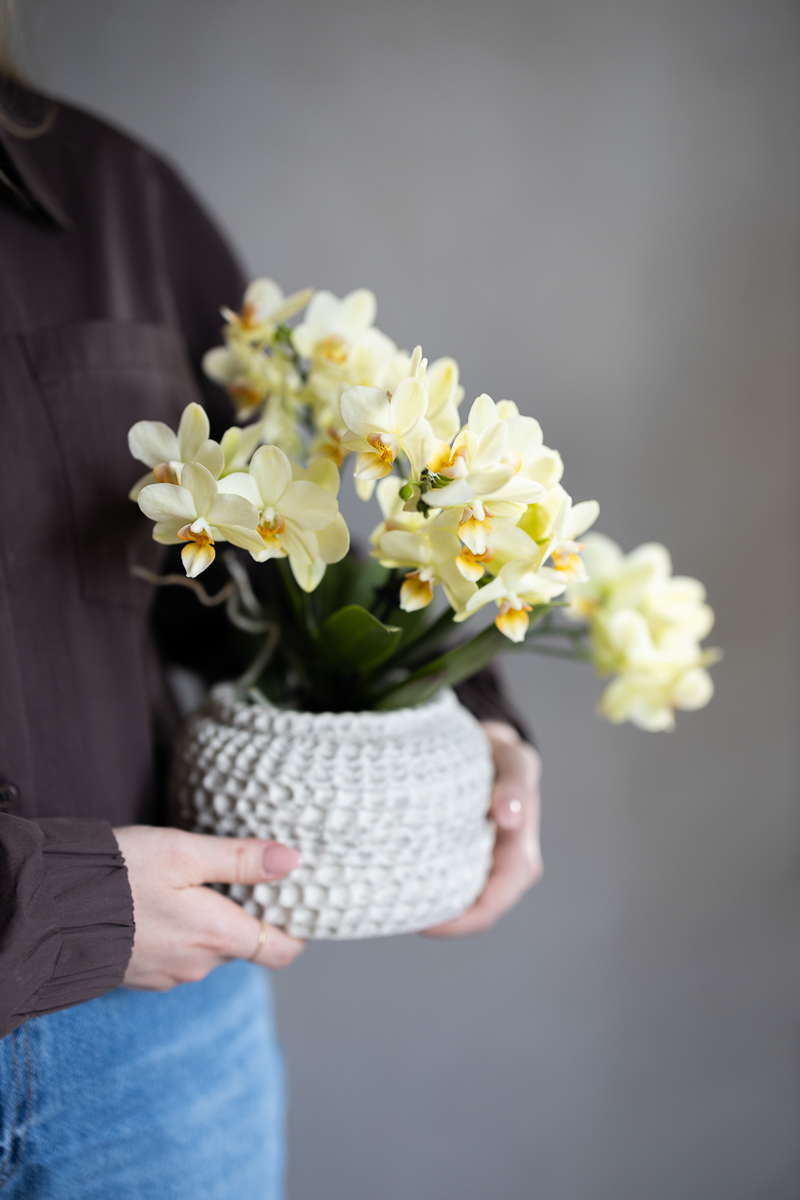Stress-free with orchids: enjoying an easy-care plant
In a world full of hurry, deadlines, and constant stimulation, we’re all looking for ways to find more calm. Plants help us do just that – they bring life into our homes, purify the air, and create a sense of relaxation. One of the most stress-free and stylish choices is the orchid. With its elegant flowers, it exudes luxury, yet asks for very little care. That makes the orchid the perfect plant for anyone who wants to enjoy greenery without the stress.
Stress-free with orchids
Despite its delicate appearance, the orchid is actually a remarkably resilient houseplant. Where many other flowers wilt or dry out quickly, the orchid can bloom beautifully for several months. And with a bit of patience, it will reward you with new blossoms year after year.
Also read: How to make orchids bloom again?
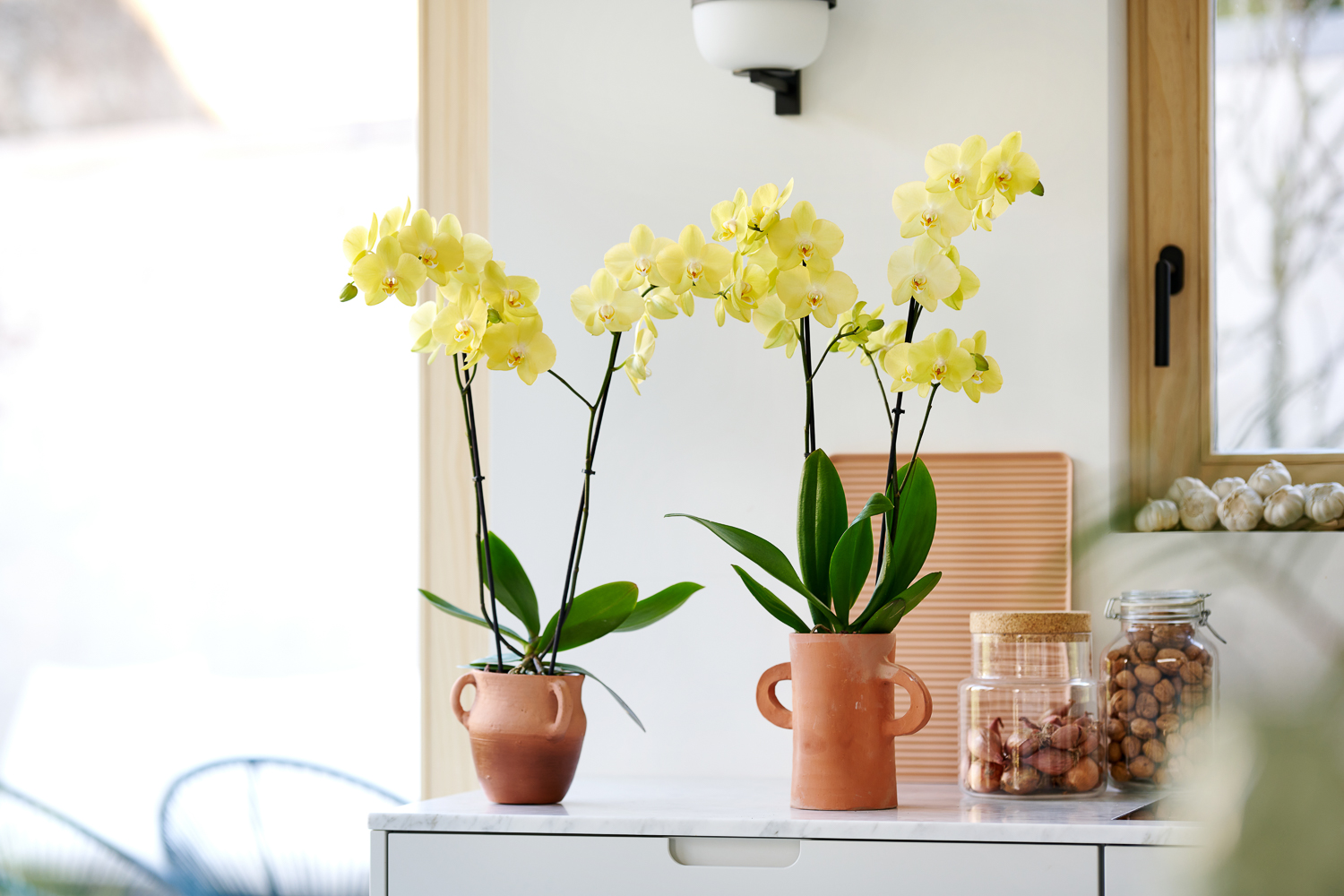
Enjoying an easy-care plant
One of the biggest advantages of the orchid is how little attention it needs. Follow these simple tips, and your orchid will stay healthy and beautiful for years to come:
- Watering is the most important part of orchid care. In summer, it’s best to water once a week; in winter, once every two weeks is enough. Place the plant in a bowl of water for about five minutes so the roots can absorb what they need. Let any excess water drain away before returning the orchid to its spot.
- The best spot for an orchid is a bright location without direct sunlight, as this can cause leaf scorch and other issues. You can create indirect sunlight by using curtains or window film to filter the sunlight, allowing light to pass through while blocking harsh, direct rays.
- The ideal temperature for an orchid is between 15-25°C. Ensure the plant is not placed near a radiator, as the air there is often too dry. Avoid placing the orchid in draughty areas as well, as this can harm the plant.

